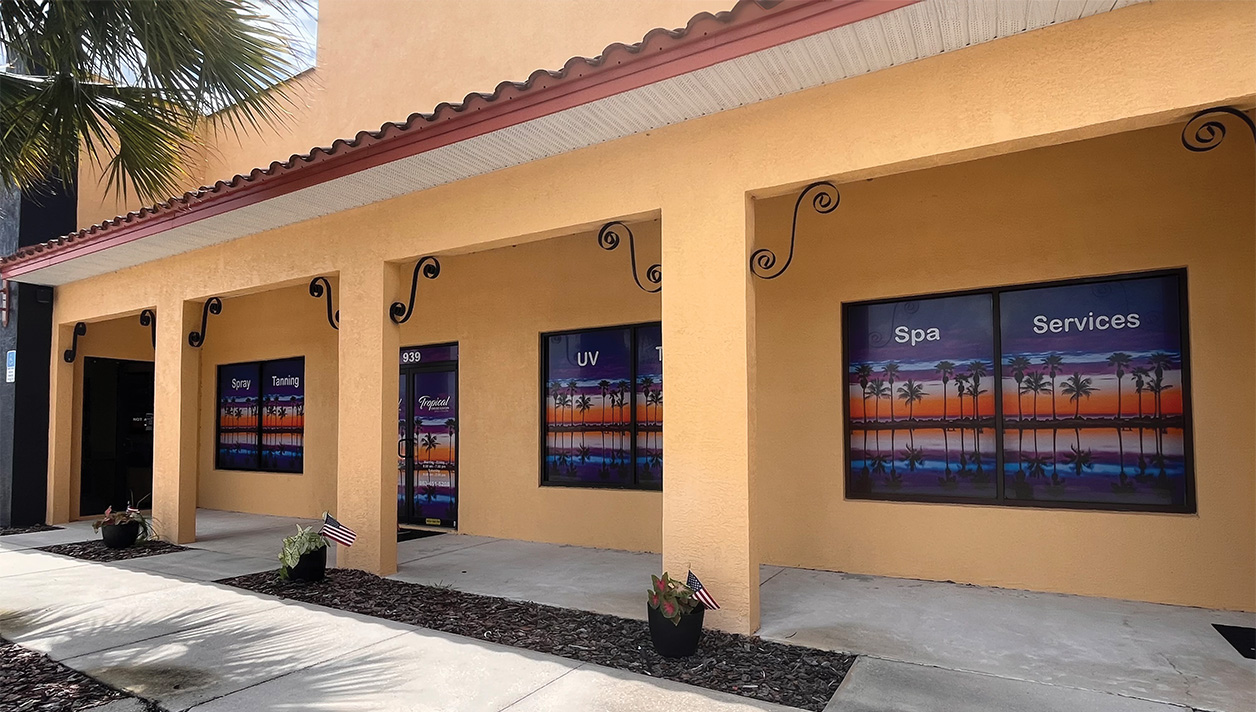Brandon Selinger of Unlimited Tan in Chicago, IL was asked by a tanner: “What is the difference between narrowband and broadband UVB?”
The tanner who comes to a salon asking about narrowband versus broadband UVB is typically looking for UVB sessions to treat a particular skin condition. Of course, those of you who operate tanning salons are prohibited by law from making any health claims about the services you provide in your facility.
First of all, whether a salon guest is self-treating a skin condition or simply looking for a cosmetic tan, all normal precautions must be taken, such as requiring eye protection and doing a skin type analysis to determine appropriate exposure schedules. With all this being said, let’s answer Brandon’s question.
As a professional salon operator, you should be knowledgeable in all aspects of the UV light spectrum.
“Broadband” UVB lamps that are commonly used for phototherapy sessions emit light in a broad range over the UVB spectrum, including both the therapeutic wavelengths specific to treating skin diseases, as well as other wavelengths which may not be important to the therapeutic process. “Narrowband” UVB lamps, on the other hand, emit light over a very short range of wavelengths concentrated in the therapeutic range.
As a professional salon operator, you should know that UV wavelengths are measured in nanometers. The UVB band comprises the range of wavelengths between 280nm and 320nm, while UVB narrowband is a “narrow band” centered at a small and specific group of wavelengths for therapeutic purposes.
A low-pressure (sunbed) tanning lamp is considered “broadband” in UVA and UVB, because it covers the full range of UV needed to stimulate the tanning process in the skin that creates the browning effect. However, a tanning lamp emits predominantly UVA, with just enough UVB to stimulate the melanin – your skin needs exposure to lots of UVA to oxidize the melanin and turn it brown. Typically, the higher the amounts of UVB in the sunlamp, the shorter the recommended exposure schedule will be and more reddening will occur unless sessions are significantly shortened. If you use the lamp model originally recommended for use in the equipment or an FDA compatible replacement, then little reddening should occur if you follow the manufacturer’s recommended exposure schedule.
What do you tell your salon guests who are looking to self-treat a skin condition with UVB sessions? You can offer them a typical tanning package and see if consistent, moderate sessions result in an improvement; however, as the salon operator, you cannot make any health claims or guarantees about results. Also, be sure to check the list of photosensitizing agents for any medications or topical ointments they may be using that could cause an adverse reaction with UV exposure.
If you have a question you would like to be featured in a future article, feel free to call us at 800.959.6533 or email sales@wolffsys.com.





























